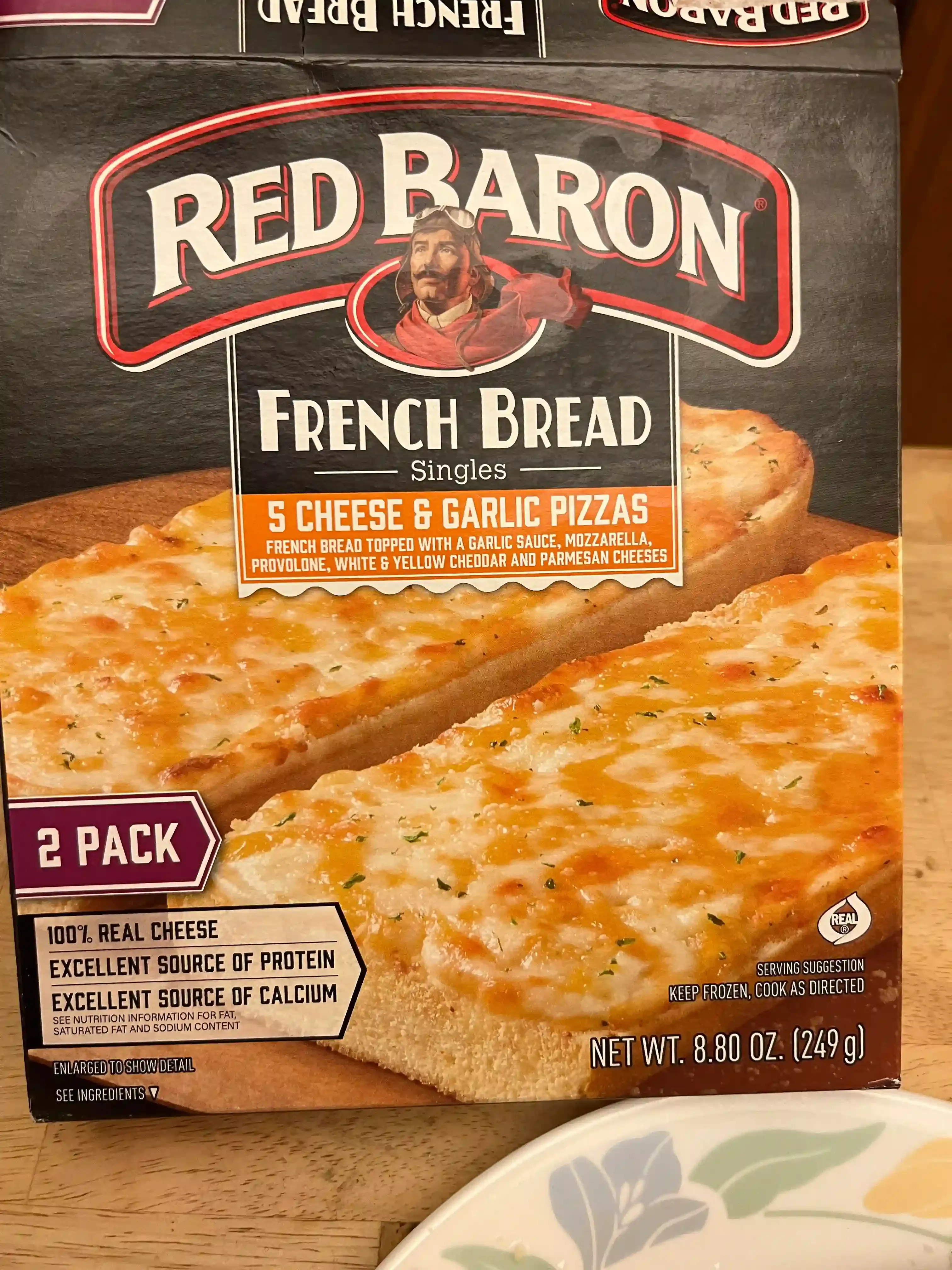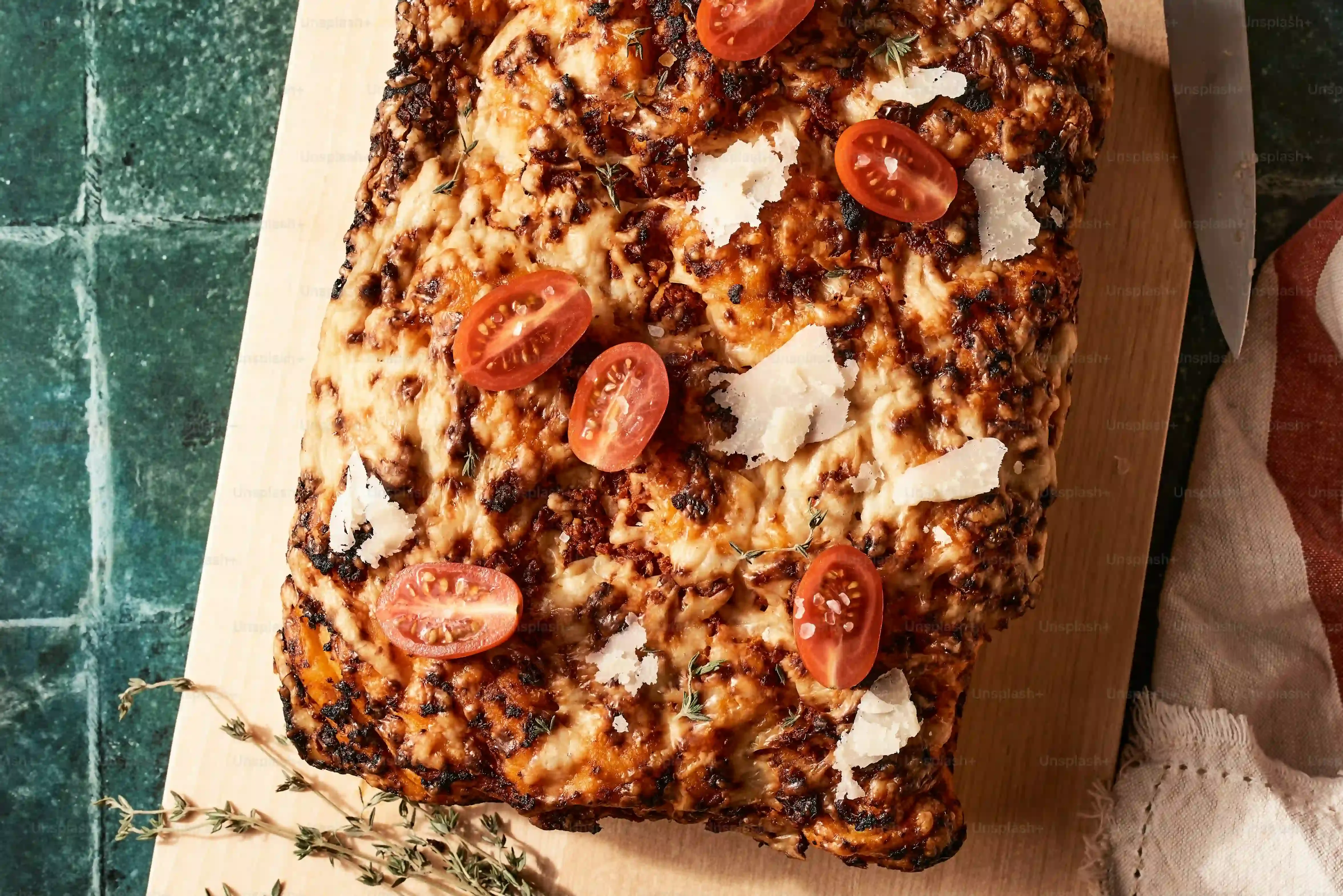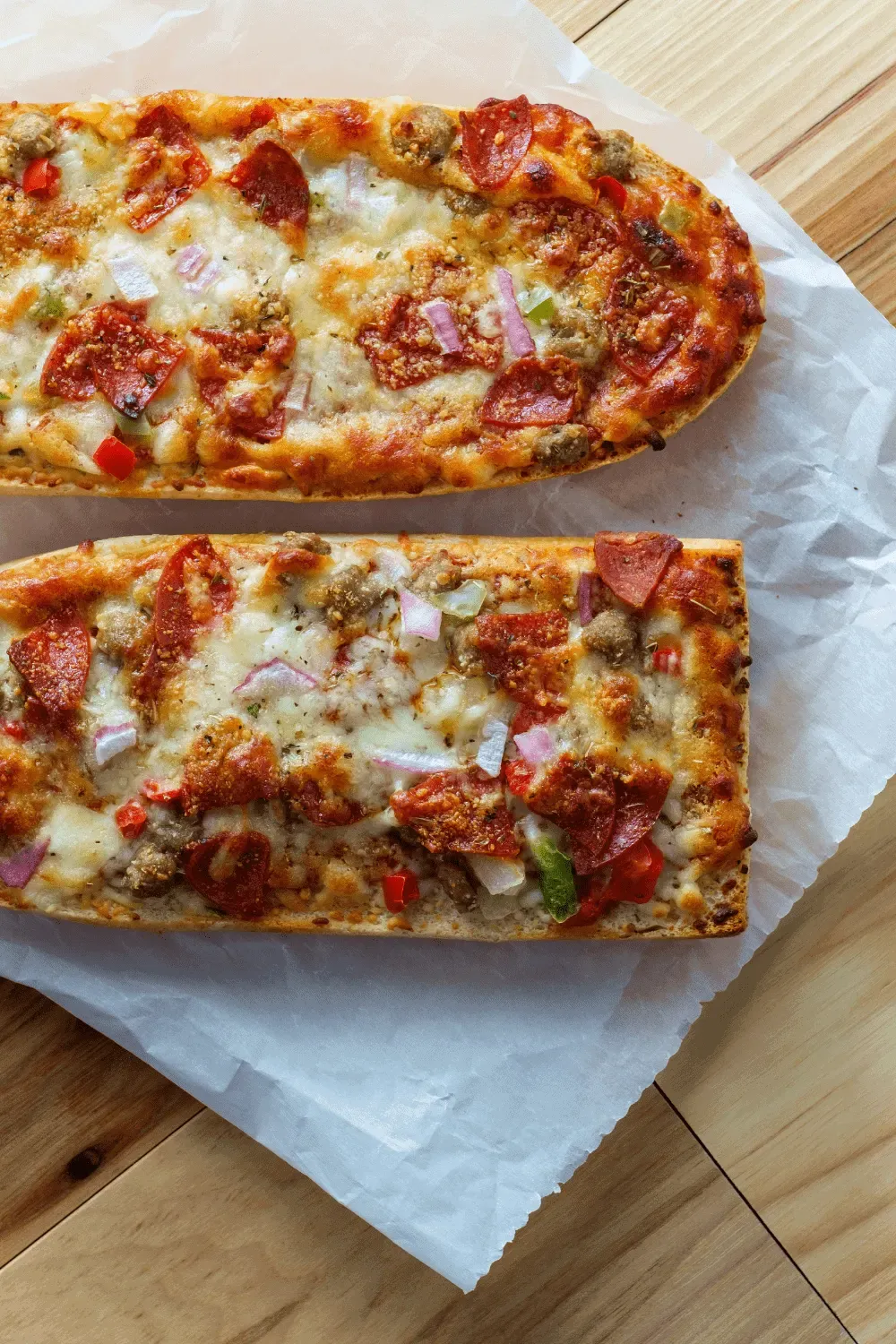Table of Contents
Alright, let's be honest. You grabbed that box of Red Baron French Bread Pizza because it looked easy. A quick, satisfying snack, right? But then you pulled it out of the oven (or microwave first, we'll get there) and... disaster. Maybe the edges are burnt to a crisp while the middle is still frozen solid. Or perhaps the crust is soggier than a week-old sponge. You're not alone. Dealing with less-than-perfect results is a common headache, and figuring out the exact problem can feel like a culinary mystery. That's why you need some serious red baron french bread pizza cooking troubleshooting.
Common Red Baron French Bread Pizza Problems

Common Red Baron French Bread Pizza Problems
The Case of the Charred Edges and Frozen Middle
You know the look. The corners of the French bread are practically charcoal, fragile and bitter. Meanwhile, the cheese in the very center is still stubbornly solid, maybe even a little icy. This uneven cooking is probably the most annoying issue with frozen French bread pizza, Red Baron included. It’s like the oven is playing favorites, blasting the thin ends while completely ignoring the thicker middle. You follow the box instructions to the letter, wait the recommended time, and still end up with this baffling thermal gradient across your supposed snack. It’s not exactly the satisfying bite you were hoping for.
Why does this happen? Often, it comes down to the oven itself. Hot spots, uneven heat distribution, or even placing the pizza too high or too low can cause this agony. The bread, being exposed and thin at the ends, cooks way faster than the dense, frozen block of cheese and toppings in the middle. It’s a race the ends always seem to win, leaving you to choose between burnt bread or a raw core. Neither is a good look, or taste.
Soggy Bottom Blues and Lackluster Crisp
Then there's the opposite, equally frustrating problem: the soggy crust. Instead of that satisfying crunch you expect from French bread, you get something limp and doughy. It collapses under the weight of the toppings, turning a potential handheld delight into a fork-and-knife situation you didn't sign up for. Sometimes the top looks okay, maybe even a little browned, but lift it up and it's like a damp sponge underneath. No one wants a pizza that feels like it just came out of a swamp.
This usually happens when moisture isn't properly managed during cooking. It could be ice crystals melting and steaming the bread, or perhaps not enough airflow around the pizza to allow the bottom to crisp up. Using a baking sheet instead of placing it directly on the rack is a common culprit here, trapping steam underneath. Getting that perfect balance between cooked-through toppings and a genuinely crispy base is the holy grail of red baron french bread pizza cooking troubleshooting.
So, what's the main pain point for you?
- Burnt edges, cold center?
- Soggy, limp crust?
- Cheese not melting right?
- Takes forever to cook?
Red Baron French Bread Pizza Cooking Troubleshooting for Ovens

Red Baron French Bread Pizza Cooking Troubleshooting for Ovens
Conquering Uneven Oven Heat
so your oven thinks it's abstract art, creating hot zones and cold zones that make cooking evenly a nightmare. For Red Baron French Bread Pizza cooking troubleshooting for ovens, the first move is understanding your battlefield. Most ovens have elements that cycle on and off, and the temperature you set isn't always the *exact* temperature inside, especially not consistently across the whole cavity. When you shove that frozen pizza in, the parts closest to the active element or hottest spots cook way faster. The thicker middle, shielded by frozen mass, just sits there.
To fight this, try preheating your oven for longer than you think you need – give it a solid 15-20 minutes after it signals it's ready. This helps stabilize the internal temperature. Also, consider using the middle rack. Too high, and the top browns too fast; too low, and the bottom can burn before the top is done. Sometimes, just rotating the pizza halfway through the cooking time can make a huge difference. It's a simple trick, but it evens the playing field for all parts of the pizza.
Saving the Soggy Bottom
That sad, limp crust problem often boils down to moisture and surface contact. The box usually says "place directly on oven rack," and honestly, for a crispy bottom, that's usually the way to go. A baking sheet, while convenient for cleanup, traps steam underneath the pizza, effectively steaming the bread instead of baking it. This is a prime suspect in soggy bottom cases.
If you absolutely must use a baking sheet (maybe you're worried about drips), make sure it's a perforated one or try placing the pizza directly on a preheated pizza stone or steel, if you have one. A stone or steel holds heat incredibly well and gives the bottom crust a blast of intense heat right from the start, promoting crisping. Just be careful when placing the frozen pizza on a hot surface. Another tip? Don't overload the pizza if you're adding extra toppings, as excess moisture from veggies or cheese can contribute to the sogginess.
Quick Oven Fixes:
- Preheat oven fully (15-20 mins).
- Use the middle oven rack.
- Rotate pizza halfway through baking.
- Cook directly on the oven rack if possible.
- Consider a preheated pizza stone or steel for crispier crust.
- Avoid overcrowding or adding too many moist toppings.
Microwave Then Oven: Red Baron French Bread Pizza Cooking Troubleshooting

Microwave Then Oven: Red Baron French Bread Pizza Cooking Troubleshooting
The Double-Dip Dilemma: Microwaving First
so the box offers a shortcut: microwave it first, then finish in the oven. The idea is you zap it to cook the middle faster, then the oven crisps up the bread. Sounds logical, right? In practice, this method for red baron french bread pizza cooking troubleshooting can introduce a whole new set of headaches. The microwave is great at heating things fast, but it does so by exciting water molecules, which often results in that dreaded rubbery texture, especially in bread products. You pull it out of the microwave, and it feels... squishy. Then you transfer it to the oven hoping for a miracle crisp, but sometimes that initial microwave zap has already done irreversible damage to the texture. Plus, you still have to deal with potential unevenness in the oven phase.
Beyond the Box: Tips for Perfect French Bread Pizza

Beyond the Box: Tips for Perfect French Bread Pizza
Prepping for Success: The Thaw and Doctor
so you've wrestled with the oven and the microwave, and maybe you're still not getting that photo-worthy result. Sometimes, the battle is won before the heat even gets involved. Taking your Red Baron French Bread Pizza out of the freezer for a few minutes before baking can make a difference. Not a full thaw, mind you – you don't want a floppy mess – but letting it sit at room temperature for maybe 10-15 minutes helps equalize the temperature slightly between the frozen center and the bread.
Think of it as giving the pizza a head start. That slight temperature moderation means the ends aren't quite so eager to incinerate while the middle is still thawing. Also, don't be afraid to lightly adjust the toppings if they're piled unevenly. Spread the cheese a little, make sure the pepperoni isn't all clustered in one spot. A little strategic placement can help ensure everything cooks through at roughly the same pace.
Boosting the Crisp: Extra Steps for the Base
If your quest for a truly crispy bottom continues, there are a couple of extra moves you can pull. One trick is to very lightly brush the bottom of the French bread halves with a little olive oil before putting them in the oven. We're talking a thin film here, not drowning it. Fat conducts heat efficiently and can help promote browning and crisping on the bread's surface. It's a technique borrowed from making grilled cheese or pan-frying, and it works on pizza too.
Another option, if you're feeling adventurous, is a quick pass under the broiler *after* the pizza is mostly cooked. Keep a hawk-eye on it, because the broiler is basically a heat ray and things go from golden to gone in seconds. Just a minute or two under the broiler can give the top a nice finish and potentially add a little extra crisp to the edges without overcooking the bottom.
- Try a partial thaw (10-15 mins out of freezer).
- Even out toppings before baking.
- Lightly brush bottom crust with olive oil for extra crisp.
- Consider a brief broil finish (watch carefully!).
- Experiment with slightly higher or lower rack positions based on your oven's quirks.
Adding Your Own Touch: Elevating the Humble Frozen Pie
Let's face it, frozen pizza is a base, not the final word. Once you've got the cooking mechanics down with your Red Baron French Bread Pizza cooking troubleshooting skills, consider adding a few fresh touches. A sprinkle of fresh herbs like basil or oregano right after it comes out of the oven adds a pop of flavor that processed herbs just can't match. A pinch of red pepper flakes for a little heat? Go for it. Maybe a drizzle of garlic-infused olive oil.
You can also add a few extra toppings, but be mindful of moisture. Pre-sautéing mushrooms or onions to drive off excess water before adding them can prevent a soggy top. A little extra cheese, maybe something sharper than mozzarella, can boost the flavor profile. Turning a convenience product into something that feels a little more intentional is half the fun. It’s your pizza; make it taste like it.
Pizza Peace Achieved
So there you have it. No more staring sadly at a pizza that didn't live up to its potential. We've covered the main culprits behind Red Baron French Bread Pizza woes, from oven hot spots to microwave timing screw-ups. It might take a little trial and error in your specific kitchen – ovens are finicky beasts – but armed with these troubleshooting steps, you've got a solid chance of nailing it next time. Go forth and achieve crispy, cheesy, evenly heated French bread pizza glory. You've earned it.
